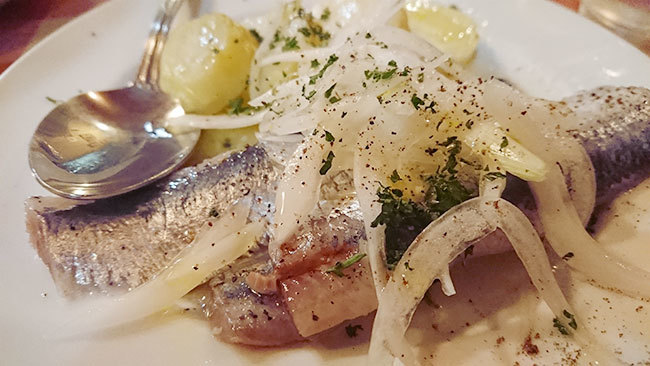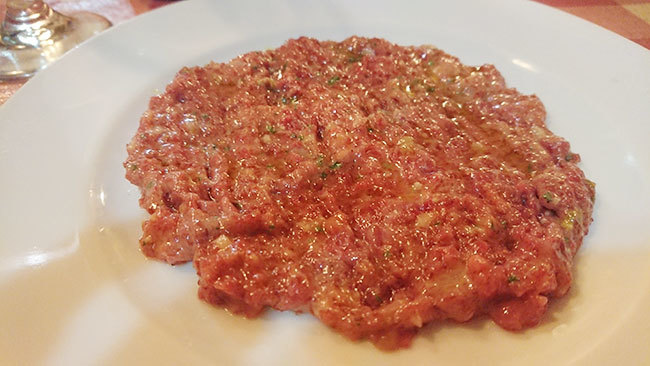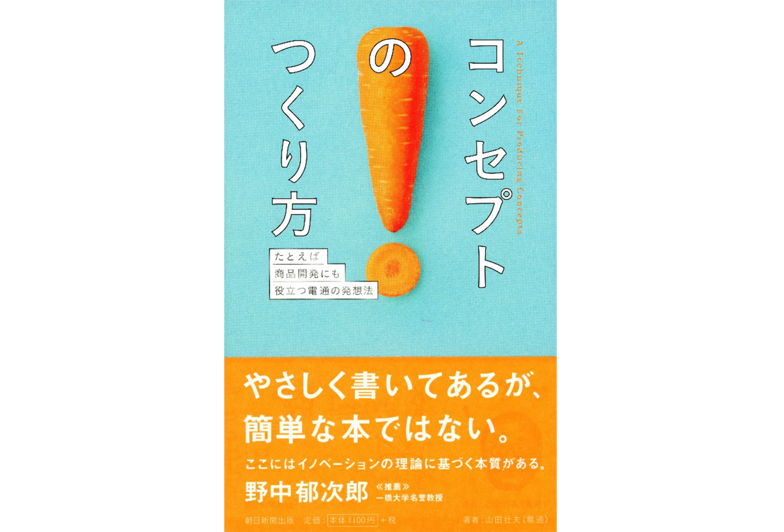One of the great joys of working at an advertising agency is interacting with various clients. Having the opportunity to directly hear about the unique cultures, know-how, challenges, and success stories of each company I'm assigned to is incredibly stimulating.
It was quite some time ago, but when I was handling a company that operated family restaurants, I met Mr. S, who was then the manager of the Sales Planning Department. We had countless discussions, not just about advertising campaigns, but also about new menu items and new business formats.
He shared this perspective: "Family restaurants began by making Western cuisine—like hamburgers and steak, once the aspiration of ordinary people—accessible with knives and forks. Using the same concept, we made high-end Chinese restaurants accessible, Italian accessible, Japanese cuisine accessible, sushi accessible, yakiniku accessible. That's how various formats emerged. Now, are there any categories left that Japanese people want to enjoy easily? No, no—there's still the big one: 'French cuisine made accessible.' Don't you think that's interesting, Yamada-kun?"
It was nearly 20 years ago, so my memory is hazy, but my reaction was probably just a "Hmm." Back then, the main dining rooms of top hotels were switching from French to Italian cuisine one after another. Even if someone said "affordable and delicious French," it just didn't resonate with me. And I still regret that today. Why didn't I research and think about it more seriously back then?
It's not that I didn't know about "bistros" back then. Bistros originated in mid-19th century France as home-style eateries for the urban workers who proliferated with the Industrial Revolution. That said, the menu was usually just one "Plat du jour" (daily special). They were places beloved for hearty dishes like cassoulet, beef stewed in wine, confit, and steak.
Things changed in the 1990s. A new type of restaurant emerged, offering the gourmet cuisine (gastronomy) of top-tier restaurants, prepared with refined techniques, but in the casual atmosphere and at the prices of a bistro. Shortly after I heard about "cheap and delicious French food" from S-san, the term "bistronomy" (bistro + gastronomy) was coined in 2004, giving this idea its first name. As you know, this style of restaurant has gained popularity not only in France but also within Japan in recent years.
As a pro in the restaurant business, S-san seriously pondered every day, "How can we break through the status quo?" He must have heard this "perspective that overturns the conventional wisdom (of French cuisine)" somewhere. Despite that, I regret and feel ashamed that I dismissed it, saying "it didn't click for me."
Ideas are such a silly thing – looking back, you realize you just didn't see them. If you could enjoy formal French cuisine in a relaxed way, it would definitely take off. But in reality, if you're bound by old conventions (like "Italian cuisine is the trend!"), you can't recognize the appeal of a "new perspective." That's precisely why we must always keep our antennae up, accept everything flexibly without preconceptions, and never forget that eager attitude of finding unknown things interesting and researching them. It's difficult, though.
Before I knew it, I'd reached the last year of my forties. It's hardly something to celebrate anymore, but I raised a toast with my family at a neighborhood bistro. Enjoying delicious food while chatting and laughing freely is the best kind of time. Even during the bubble era, the average Japanese person consumed just one bottle of wine per year, but now it's four times that. Truly, common sense changes.
Please, help yourself!








